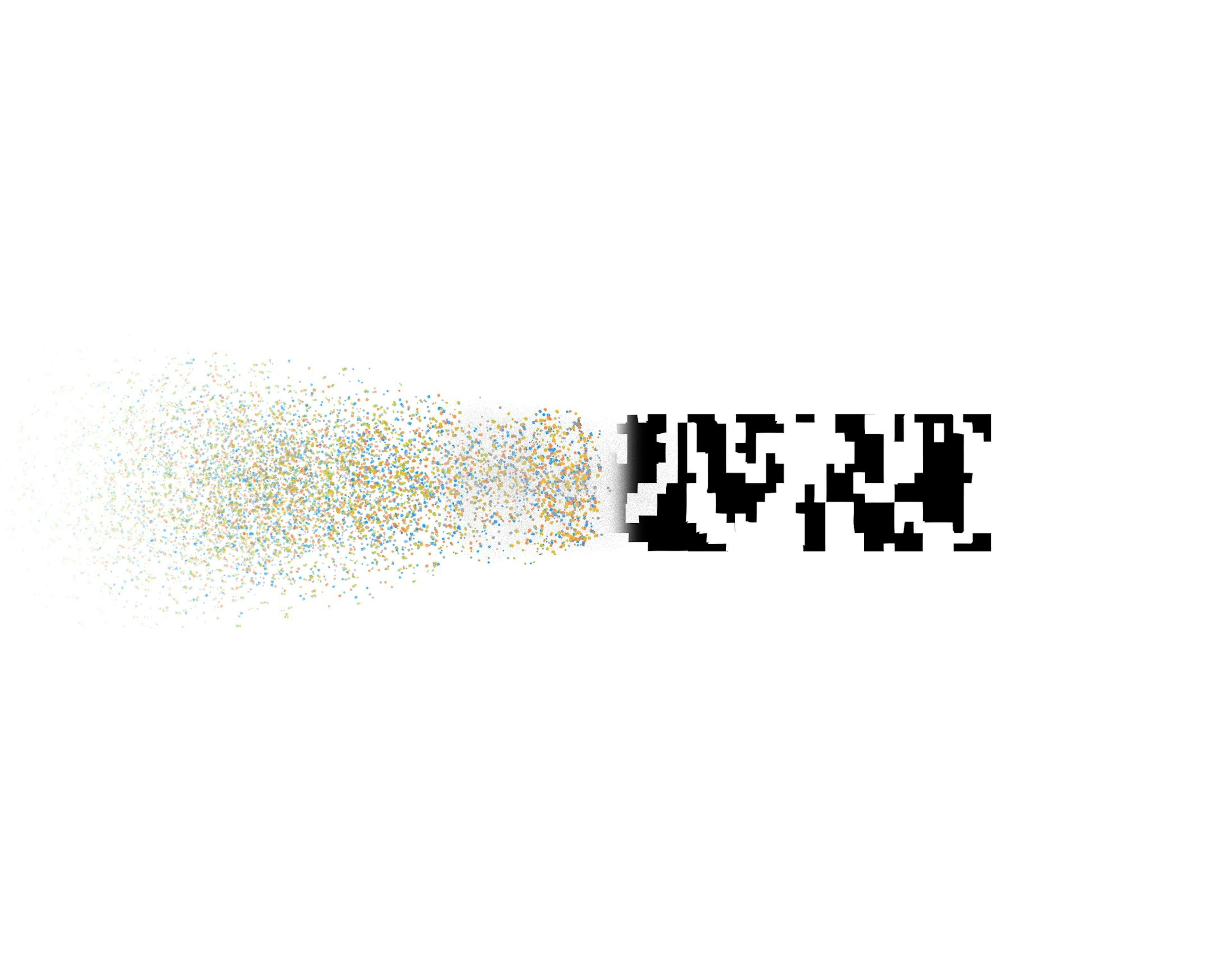Blog
Understanding Worldcoin
Privacy, control and transparency: Worldcoin 2024 update
Privacy, control and transparency: Worldcoin 2024 update

Worldcoin is building the world’s largest human network to improve trust online and increase access to the global economy.
Unlike many of the online networks and services we use every day, Worldcoin doesn’t seek to know, share or profit from a person’s identity or personal information, only to verify that they are human and unique. This is the core premise behind World ID, a secure, private digital passport that allows individuals to prove they are human online.
These statements are, of course, easy to make, but they must be demonstrated by actions.
Below is a non-exhaustive list of recent, demonstrable steps Worldcoin has taken in 2024 to increase transparency, enhance privacy and security and improve user choice and control at every level of the project.
Personal Custody: Enhanced user data control
In March, Worldcoin implemented Personal Custody, an evolution in data custody recommended by privacy experts.
With Personal Custody, all information used to create the iris code during World ID verification is held securely on an individual’s device. The information is never stored on the orb.
This approach gives people control over the flow of their information—not just deletion, but any future use prior to being deleted. It also unlocks new World ID use cases by enabling Face Authentication for applications requiring a stronger signal of unique humanness.
Learn more about Personal Custody.
Personal Custody: your information, always deleted from the orb, securely held on your device. pic.twitter.com/uxe9fFci1n
— Worldcoin (@worldcoin) March 26, 2024
Unverify World ID: Increased personal choice
In April, Worldcoin announced that World ID holders now have the option to unverify their World ID. This includes the permanent deletion of their iris code or their encrypted SMPC iris code shares.
This important option was developed in consultation with third party privacy and security experts. Together with Personal Custody, it provides World ID holders unmatched control over their information, which can be exercised directly from their device.
Learn more about the World ID unverify option.
Now everyone has even more choice & control over their data 🫡https://t.co/zOD5JdbmKA
— Worldcoin (@worldcoin) April 9, 2024
SMPC: Unprecedented data privacy and security
In May, Worldcoin unveiled its secure multi-party computation (SMPC) system. This breakthrough in cryptography for biometric deduplication allows the iris codes that prove a person’s uniqueness to be divided into secret components that by itself don’t reveal any information about any individual. These components are then distributed to multiple trusted parties, eliminating the need for a central database.
As an additional transparency measure, the setup was open sourced, allowing any individual to check how it works and any organization to implement it for increased data protection.
Introducing SMPChttps://t.co/LsGtH4bb9U
— Worldcoin (@worldcoin) May 15, 2024
Auditing and open sourcing the orb’s software: Elevated transparency
In March, the Worldcoin Foundation announced that it was open sourcing core components of the orb’s software to increase transparency and make Worldcoin’s privacy claims verifiable.
The software components, which include all code that’s essential for capturing images and securely transferring them to an individual’s device, are publicly available on GitHub under an MIT/Apache 2.0 dual license.
Worldcoin also announced in March that project contributor Tools for Humanity (TFH), in conjunction with the Worldcoin Foundation, engaged the respected security experts at Trail of Bits to conduct a specialized security and privacy audit of the orb’s software. The final report is available here.
These announcements followed similar open sourcing announcements including the orb’s hardware and iris recognition pipeline.
Learn more about open sourcing the orb’s software.
Learn more about the orb’s privacy and security audit report.
The above content speaks only as of the date indicated. Further, it is subject to risks, uncertainties and assumptions, and so may be incorrect and may change without notice. A full disclaimer can be found in our Terms of Use and Important User Information can be found on our Risks page.